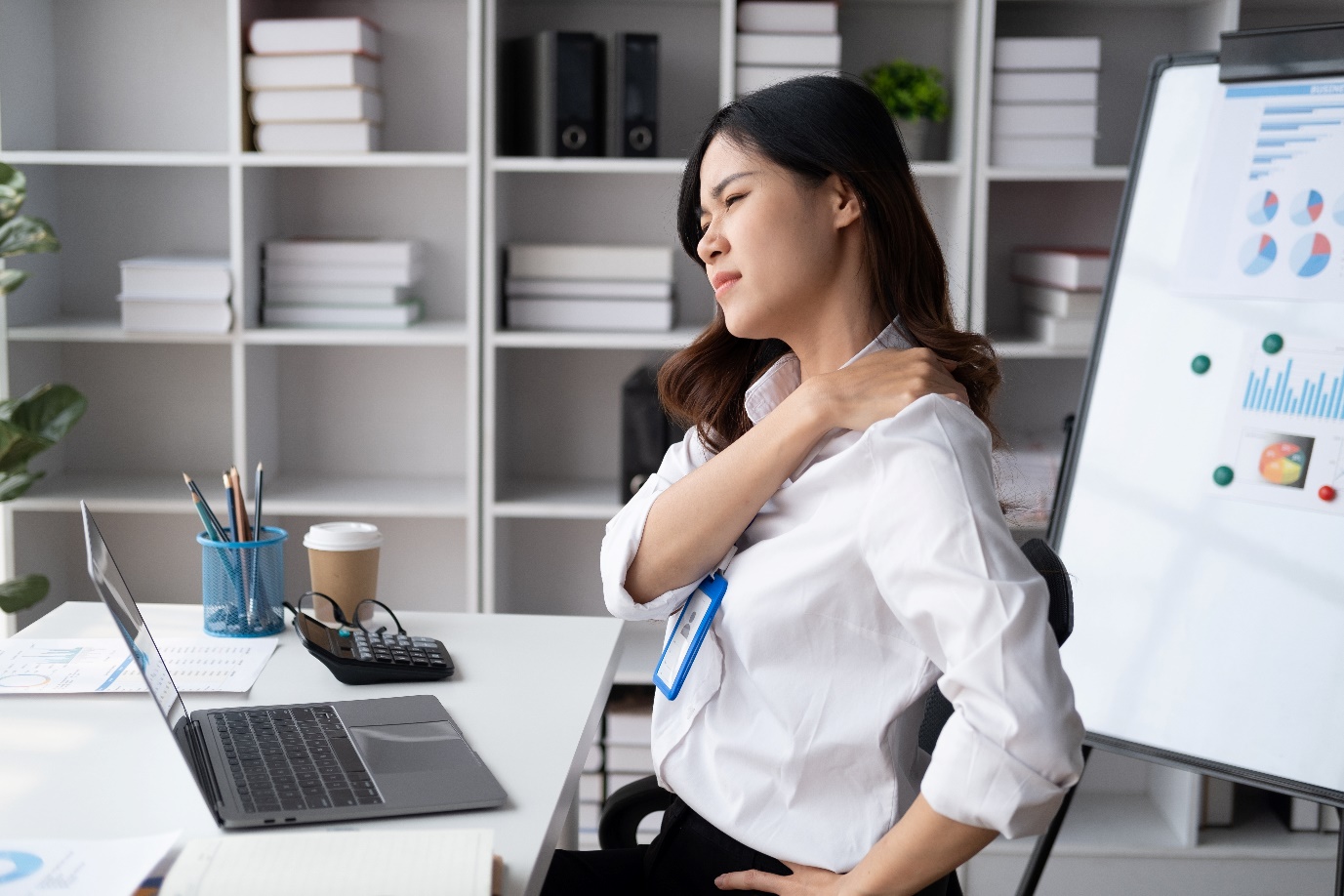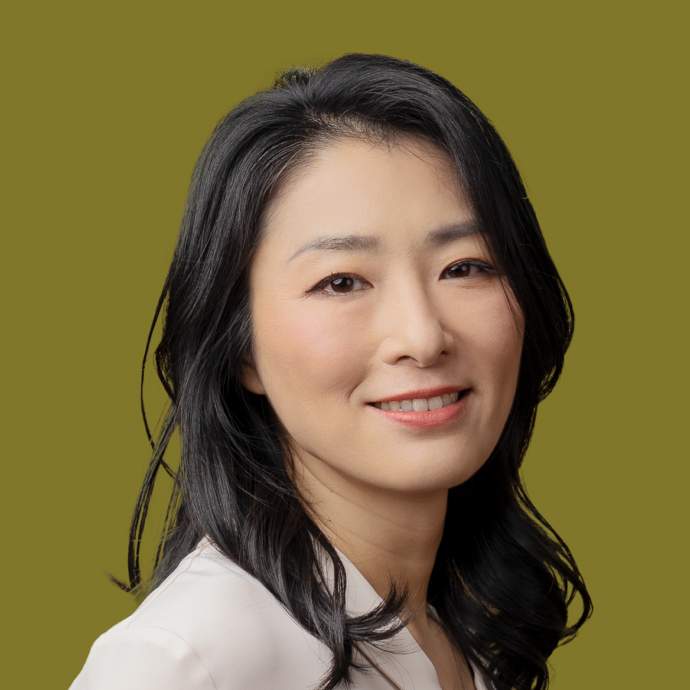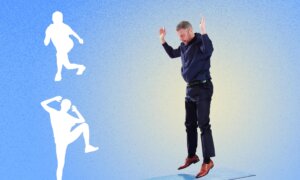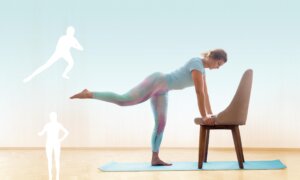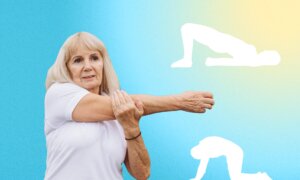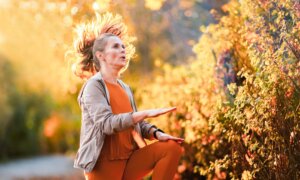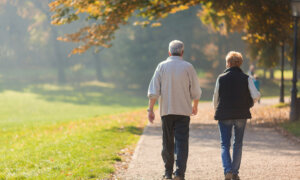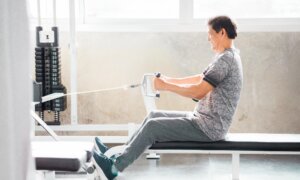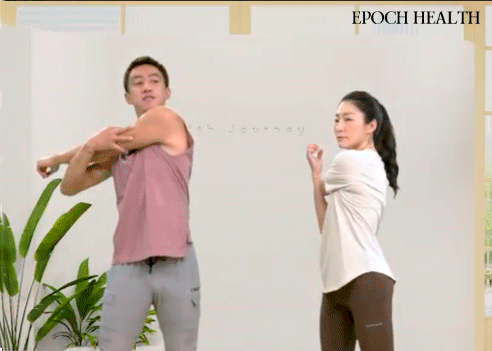
Stretching Exercise 1: Arm Stretches
Steps:
- Stand with your feet shoulder-width apart.
- Raise your right arm and turn it to the left. Bend your left arm and grasp your right elbow. Twist your chest to the left while simultaneously twisting your waist to the right. Hold for three seconds, then lower your arms and relax.
- Repeat the movement on the other side.
This movement utilizes a unique classical Chinese dance technique involving reverse waist twisting, which stretches the latissimus dorsi, rhomboid, trapezius, and posterior deltoid muscles. It promotes upper back extension, enhances thoracic mobility, and helps tone the lower abdomen.
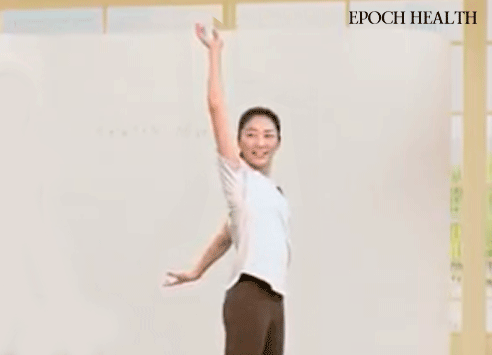
Stretching Exercise 2: Arm Swings
Steps:
- Stand with feet shoulder-width apart, engage the core, squeeze the buttocks, tense the thighs, and relax the shoulders.
- Extend both arms straight. Swing the left arm forcefully backward and upward, while swinging the right arm forcefully backward and downward. Alternate between swinging the arms up and down. Repeat several times.
This movement is one of the warm-up exercises in classical Chinese dance, designed to stretch the muscles from the neck to the upper back. It also stretches and loosens the tight latissimus dorsi, deltoid, and triceps brachii muscles.
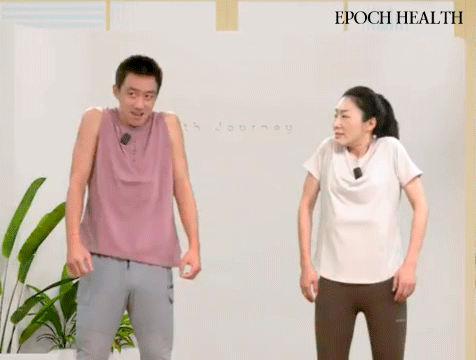
Stretching Exercise 3: Mongolian Dance Shoulder Movements
Many movements in traditional Mongolian dance, such as shrugging, rounding the shoulders, and shaking the shoulders, effectively relax raised shoulders and loosen stiff shoulder muscles.
- Shrug your shoulders up as high as possible, then quickly release and drop them. Repeat several times.
- Rotate your shoulders forward alternately, repeating several times. Then rotate your shoulders backward alternately, repeating several times.
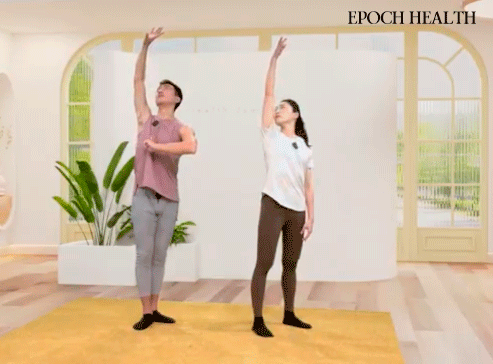
Stretching Exercise 4: Arm Sways and Stretches
In classical dance, there is a common arm-swinging movement that involves keeping the hips stationary while using the shoulders and arms to extend and draw circles, combined with a waist twist. Throughout the movement, the eyes should follow the hands, allowing for simultaneous stretching of the chest, waist, and neck.
- Stand firmly on your feet, engage the core, squeeze the buttocks, tense the thighs, and relax the shoulders.
- Extend your right arm forward, then draw a circle backward. As your hand passes your shoulder, twist your waist in a rightward direction to maximize the circle’s size. Throughout the movement, keep your eyes on your right hand to enhance the stretch of the chest and neck muscles.
- Repeat the movement on the other side.
- Repeat steps (2) and (3) several times.
Stretching Exercise 5: Classical Chinese Dance Technique–Han and Tian
In classical Chinese dance, the body movement technique of “han” and “tian” involves expansive and contracting motions. This technique starts by fully arching the thoracic spine forward, extending the limbs outward (tian), then arching the back to its maximum, drawing the limbs inward (han). The “han” and “tian” movements, synchronized with breathing techniques, stretch and engage the back muscles, pectoralis major, and pectoralis minor, and also develop strong arm lines through a variety of dynamic hand gestures.
- Stand with arms open at the sides.
- Draw the body inward, bringing the arms together and crossing them in front of the chest without touching. Then, open the arms outward, expand the body, tilt the head back, and use the waist to lift the chest to its maximum.
- Return to the starting position and repeat the movement in step 2.
Mr. Liao explained that this series of movements incorporates the “body leads hands” technique from classical Chinese dance, where the body initiates the movement before engaging the limbs, resulting in a more graceful motion. This type of movement targets multiple muscle groups rather than focusing solely on one.
